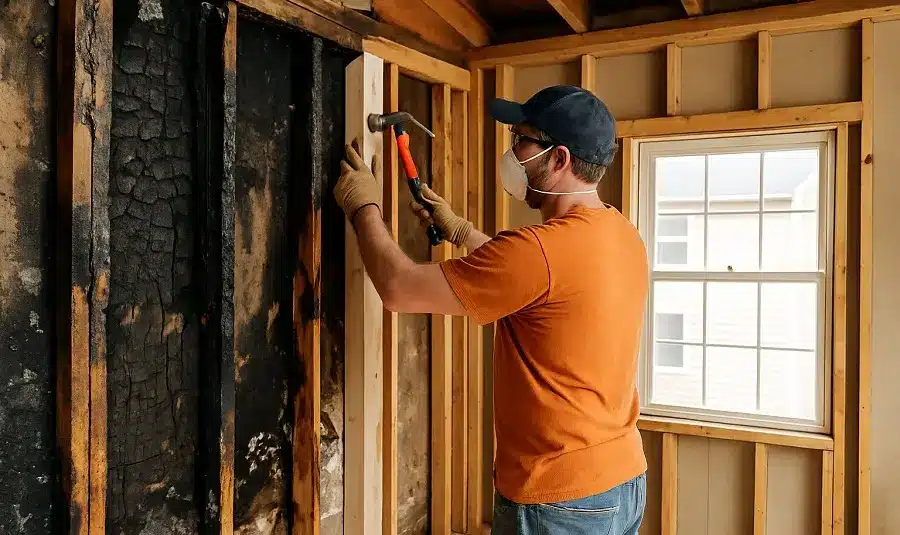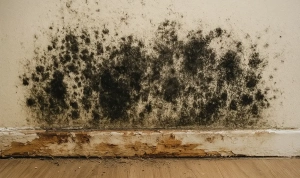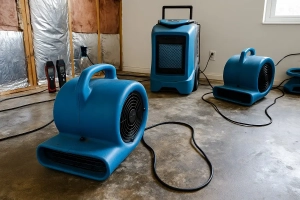A house fire is one of the most devastating events a family can experience. The emotional and financial impact can be overwhelming. Even after the flames are extinguished, homeowners face smoke damage, soot contamination, water saturation from firefighting, and lingering odors. Many people do not realize that fire damage is often more complex after the fire than during it. Understanding what happens next is essential for a safe recovery.
Fire damage restoration is more than cleaning and repairs. It requires safety evaluations, structural assessment, detailed cleaning, and professional equipment. Companies such as 911 Restoration provide full restoration solutions that help homeowners rebuild safely and confidently.
Understanding the Types of Fire Damage
A house fire creates several kinds of damage.
Smoke Damage
Smoke moves quickly through a home and coats surfaces with fine soot particles. This residue stains walls, ceilings, and furniture. Smoke odor also infiltrates carpets, clothing, and air systems.
Soot Damage
Soot is corrosive and can permanently damage electronics, appliances, and materials if not cleaned properly.
Water Damage
Firefighting efforts often saturate flooring, walls, and insulation. Water extraction and drying become a major part of the recovery process.
Structural Damage
Heat can weaken support beams, roofing materials, and the structure of the home itself.

The Fire Damage Restoration Process
Fire cleanup is detailed, time consuming, and specialized. Professionals follow a structured approach.
- Emergency Response and Securing the Property
Technicians board up windows, cover roof openings, and ensure the structure is safe before entering. - Damage Assessment
Inspectors evaluate smoke penetration, soot levels, structural stability, and risks such as electrical hazards. - Water Removal and Drying
Standing water is extracted. Commercial grade dehumidifiers prevent mold growth. - Soot and Smoke Cleanup
Walls, ceilings, appliances, and belongings are cleaned using specialized tools. Odor removal may involve ozone machines or other advanced methods. - Repairs and Reconstruction
Damaged drywall, flooring, framing, and roof elements are replaced. The home is restored to a safe, livable condition.

What Homeowners Should Not Do After a Fire
Many homeowners want to start cleaning right away. However, certain mistakes can worsen the damage.
- Do not wash walls or painted surfaces before professional assessment.
- Do not use furniture or clothing until it has been cleaned.
- Do not turn on appliances exposed to soot.
- Do not enter heavily damaged areas without approval.

Frequently Asked Questions About Fire Damage Recovery
Why does smoke smell linger so long?
Smoke particles cling to surfaces and settle into fabrics. Without proper deodorizing equipment, the smell can stay for months.
Are belongings salvageable after a fire?
Often they are. Many items can be cleaned using specialized equipment. Electronics, however, are difficult to restore if soot has penetrated internal components.
Is fire damage covered by insurance?
Most homeowner policies cover fire damage. Professional restoration companies often assist with documentation and communication with adjusters.
Conclusion
Fire damage restoration in Portland requires expertise, patience, and specialized equipment. The recovery process is challenging, but with the right professionals homeowners can restore their living spaces and move forward with confidence. Every step, from securing the property to full reconstruction, contributes to rebuilding a safe and healthy home.



